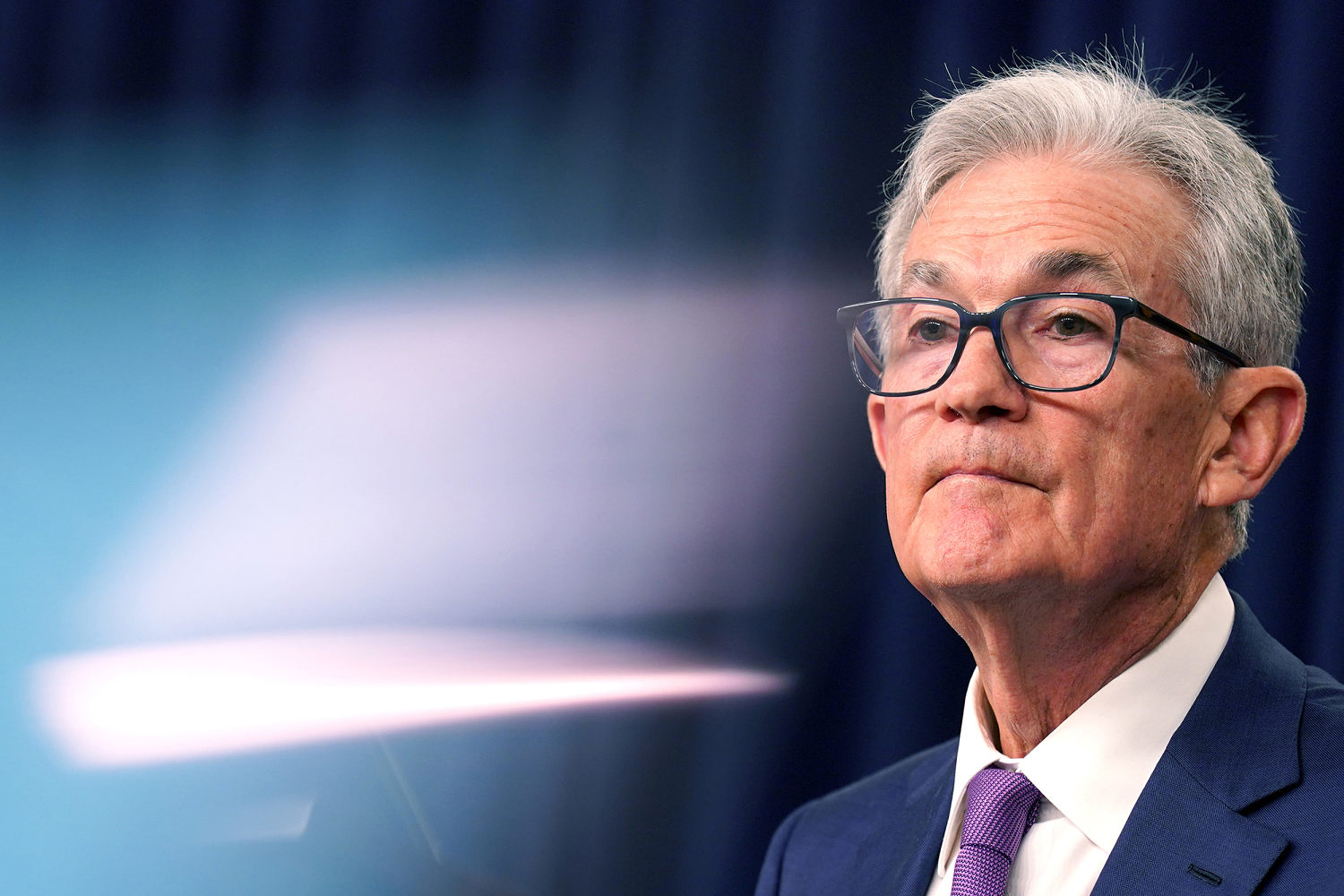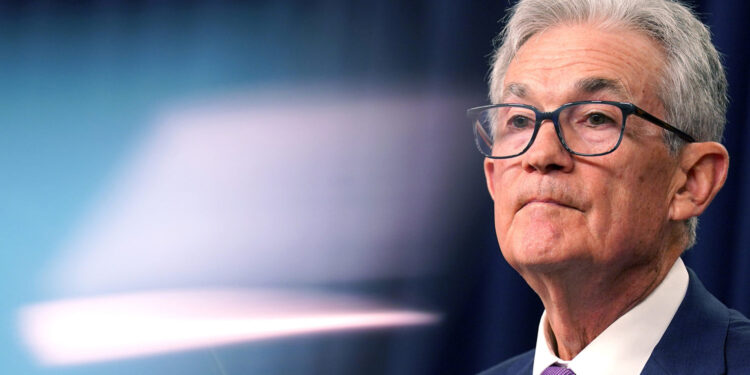
Federal Reserve officials said Wednesday that while there are signs the economy is slowing, it is not yet ready to cut interest rates.
In the statement covering its July meeting, the Federal Open Market Committee said it had left its interest rate unchanged at about 5.5%. The committee said it would not budge “until it has gained greater confidence that inflation is moving sustainably toward 2 percent,” a line the group has repeated previously.
The U.S. economy, while still on seemingly stable footing, is flashing signs of slowing. At 4.1%, the unemployment rate is at its highest level since February 2018, though it is still historically low.
On Tuesday, the Bureau of Labor Statistics reported that while layoff activity remained subdued in June, the hiring rate in the economy has slowed to a level not seen since 2014. The percentage of unemployed workers who’ve gone without roles for 27 weeks or more has recently begun to surge, with about 1.5 million total workers now in that category.
The Fed acknowledged the changing labor market conditions but said they were not yet alarming.
“Job gains have moderated, and the unemployment rate has moved up but remains low,” it said in the Wednesday statement.
Meanwhile, the Fed’s pressured inflation gauge hit 2.5% in June, the lowest reading since March and the third time it had hit that mark this year. The Fed’s official target is 2%.
In a note to clients following the statement’s release, Omair Sharif, founder and president of the Inflation Insights research group, said Wednesday’s statement was a “baby step” toward a cut that traders have bet will come in September.
“I expect that further good news on the inflation front in July should set up the Chair to deliver a more meaningful signal that a rate cut in September is very likely,” Sharif wrote.
In recent testimony to Congress, Fed Chair Jerome Powell acknowledged that central bank officials had started the clock on lowering rates, saying acting “too late or too little could unduly weaken economic activity and employment.”
The Federal Reserve helps set the interest rates that determine how much it costs consumers and businesses to borrow money for products and services.
For the past two years, it has sought to fight inflation by keeping interest rates elevated, in essence fighting fire with fire: By making borrowing more expensive, it has cooled demand in the economy and thus slowed the rate at which prices have increased.
Now, the Fed is signaling that the higher rates have done their job on the inflation front — and that keeping them aflame could lead to unnecessary damage to the rest of the economy.
Wall Street traders have signaled for weeks that a September rate cut is a virtual certainty, according to data from the financial services company CME Group.
But influential former Fed officials have begun calling for a more rapid timeline. Bill Dudley, a former New York Federal Reserve president, wrote this month that a rate cut should occur before September. In a Bloomberg News op-ed, Dudley said he had “changed his mind,” with unemployment creeping higher and with all but the wealthiest households having depleted their immediate post-pandemic financial cushions.
“Although it might already be too late to fend off a recession by cutting rates, dawdling now unnecessarily increases the risk,” Dudley wrote.
This week, Alan Blinder, a Fed vice chair in the Clinton administration, said in a Wall Street Journal op-ed that the time to cut is now.
“Why wait?” Blinder asked, declaring the two-year fight against pandemic-induced inflation over as “the economy seems to be simmering down.”
Cutting rates would only be a matter of heading off a negative economic outcome: Companies have signaled that there’s upside, too.
Sectors whose success is especially sensitive to interest rates and consumer credit, like the housing and automotive markets, have shown particular weakness — including signals from companies in those industries that they expect sales to ramp up again once interest rates begin to fall.
“There is now a higher probability of interest rate relief beginning in September,” said Dave Foulkes, CEO of Brunswick Corp., a boat-making specialist. While new cuts would most likely have only a minor impact on 2024 results because peak season will have passed, they’d be “a potential tailwind for 2025.”
The Fed will announce the results of the Open Market Committee meeting at 2 p.m. Wednesday.







